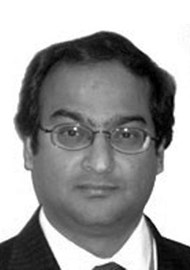Planning reconstructive surgery for complex craniofacial defects challenges even the most experienced of surgeons. In most cases surgery is undertaken to improve anatomical functioning. However, the anatomical structure of these regions is also critical to facial aesthetics and patient satisfaction depends on both function and the aesthetic results of surgery. It is then sometimes necessary for onlay grafting with alloplastic or autogenous material. Benefits of autogenous material include relative resistance to infection, and relative ease of incorporation into new bone, absence of a foreign body reaction and reduced extrusion. However, there can be unpredictable resorption, displacement and donor site morbidity and prolonged surgical time. Alloplastic material may not be freely available and can be expensive. They are associated with low morbidity rates, but this is site and material dependent. Polyetheretherketone (PEEK) is considered to be the gold standard of alloplastic material for the construction of patient specific implants for various reasons. However, a major disadvantage is the cost. Porous polyethylene e.g. Medpore is an alloplastic material that has been around for a while and has been used to repair defects in the maxillofacial skeleton. This is a long-term retrospective study from the Netherlands. It was designed to review the indications, results and complications of patients treated in a single unit with porous polyethylene implants. Sixty-nine high-density porous polyethylene implants were used in 40 patients (22 women and 18 men) between January 1996 and December 2013. All patients had preoperative CT scans to image the initial defect; implants were fixed with osteosynthesis screws. Follow-up period was time of surgery to January 2014. Results showed an unsatisfactory appearance in 10.1% and then in 8.6% implants were removed due to infections and fistulae. It is difficult to accept conclusions of this study, suggesting the overall complications being very low. The authors also accept the limitations of this study being retrospective and having multiple variables such as different operators and technique not taken into account. It is, however, a very good read to revise on pitfalls on alloplastic reconstruction of the maxillofacial skeleton.




